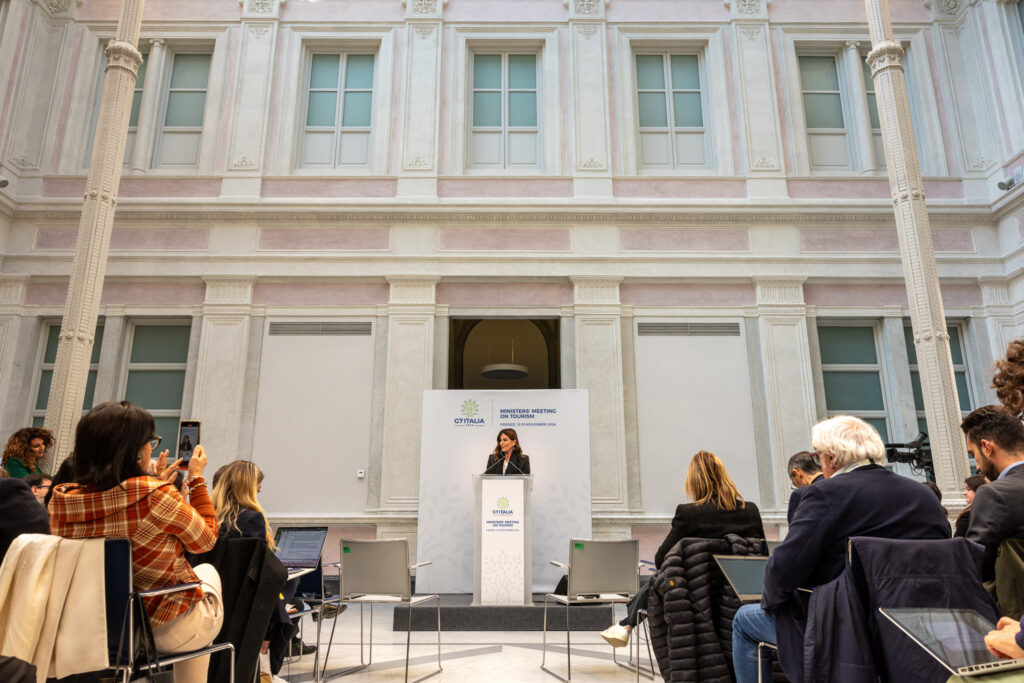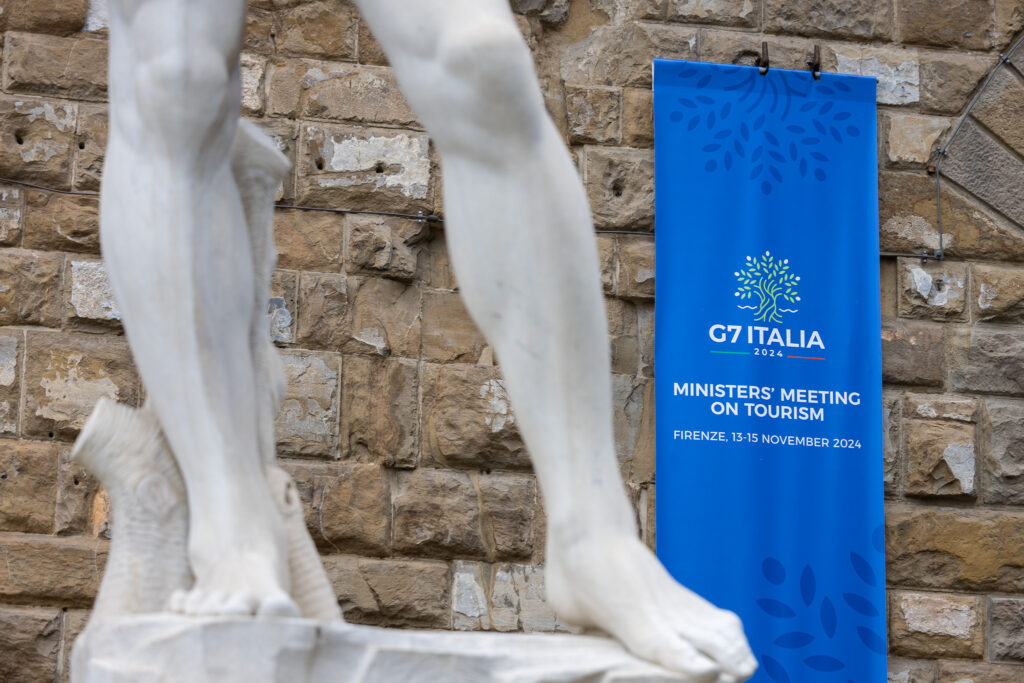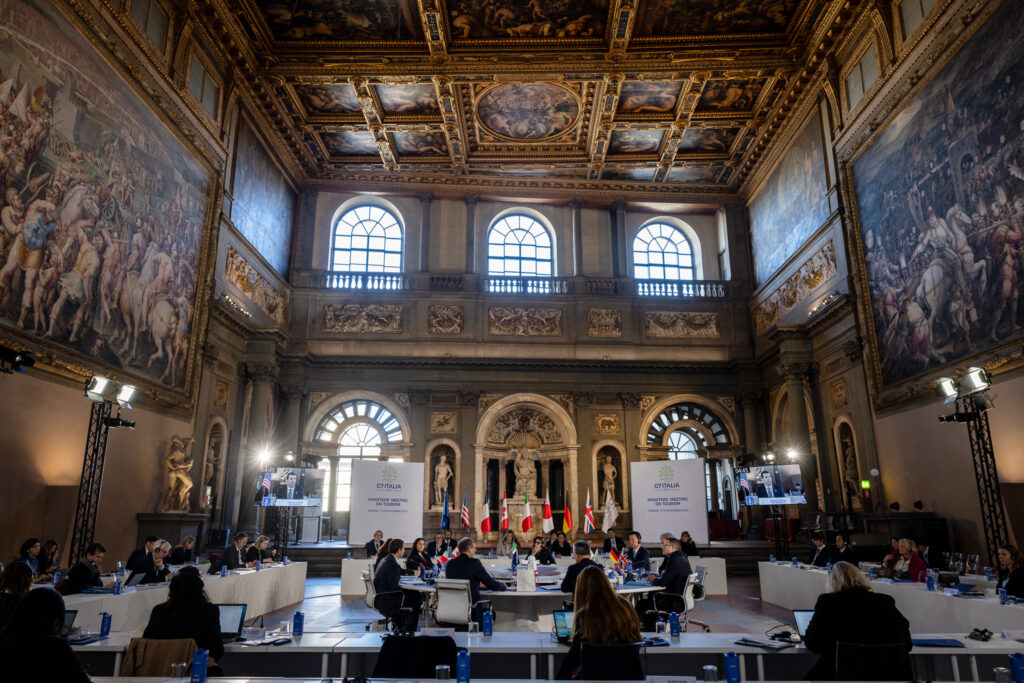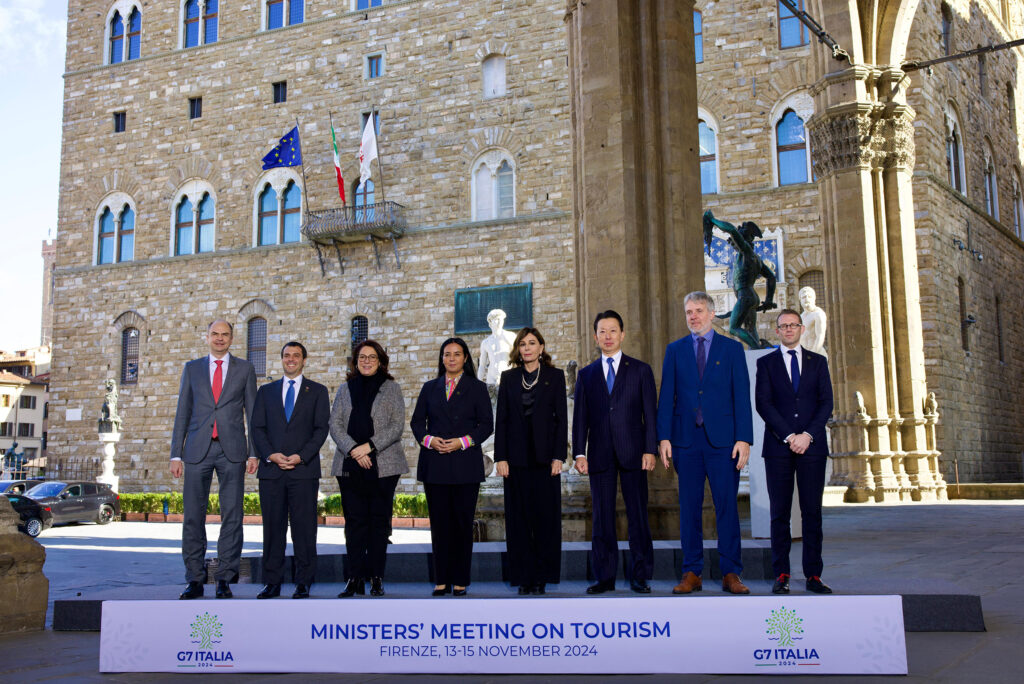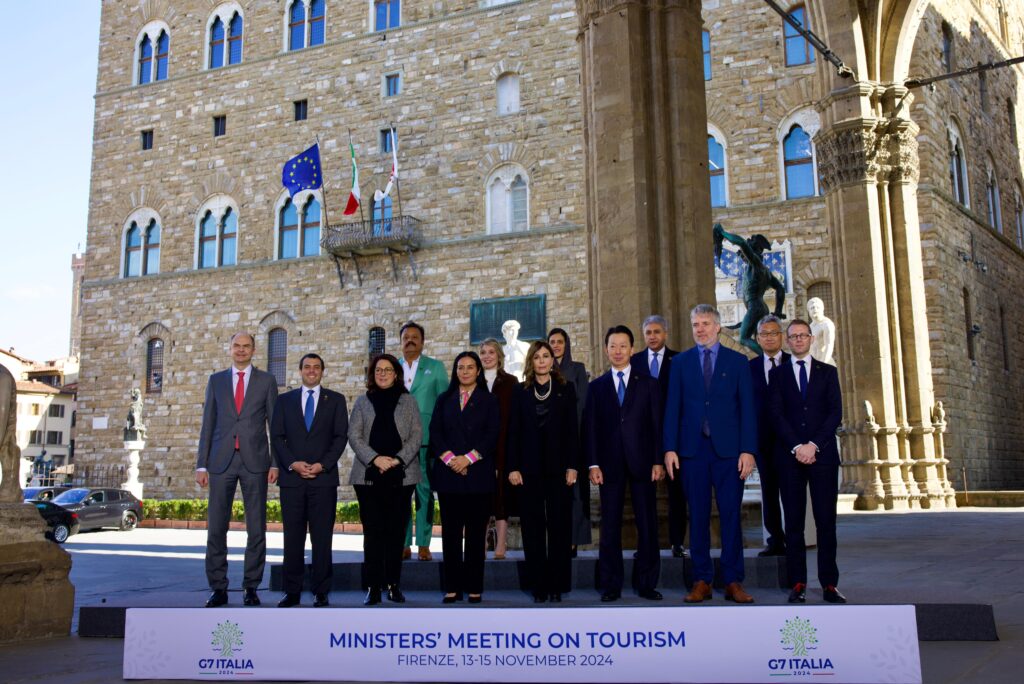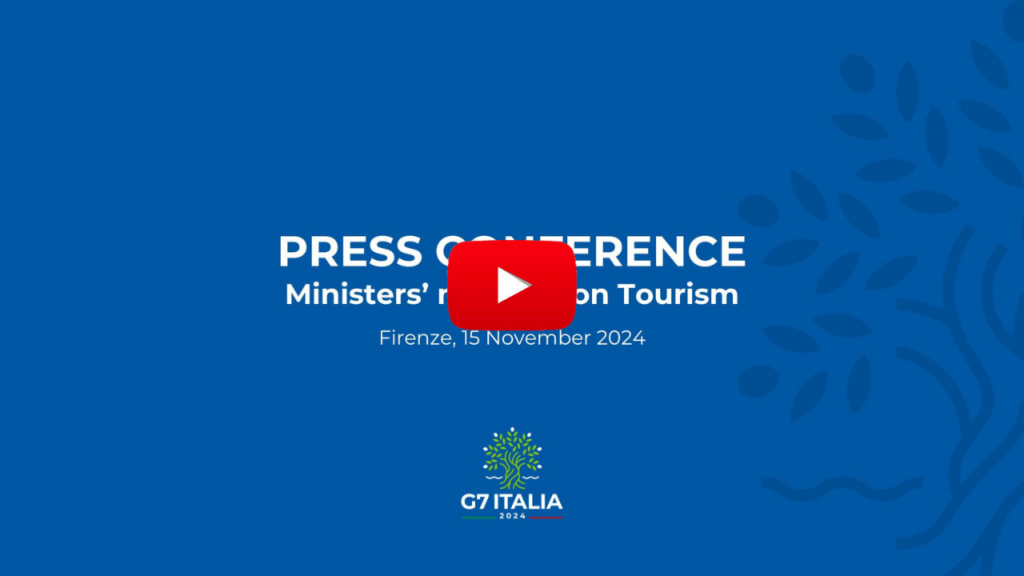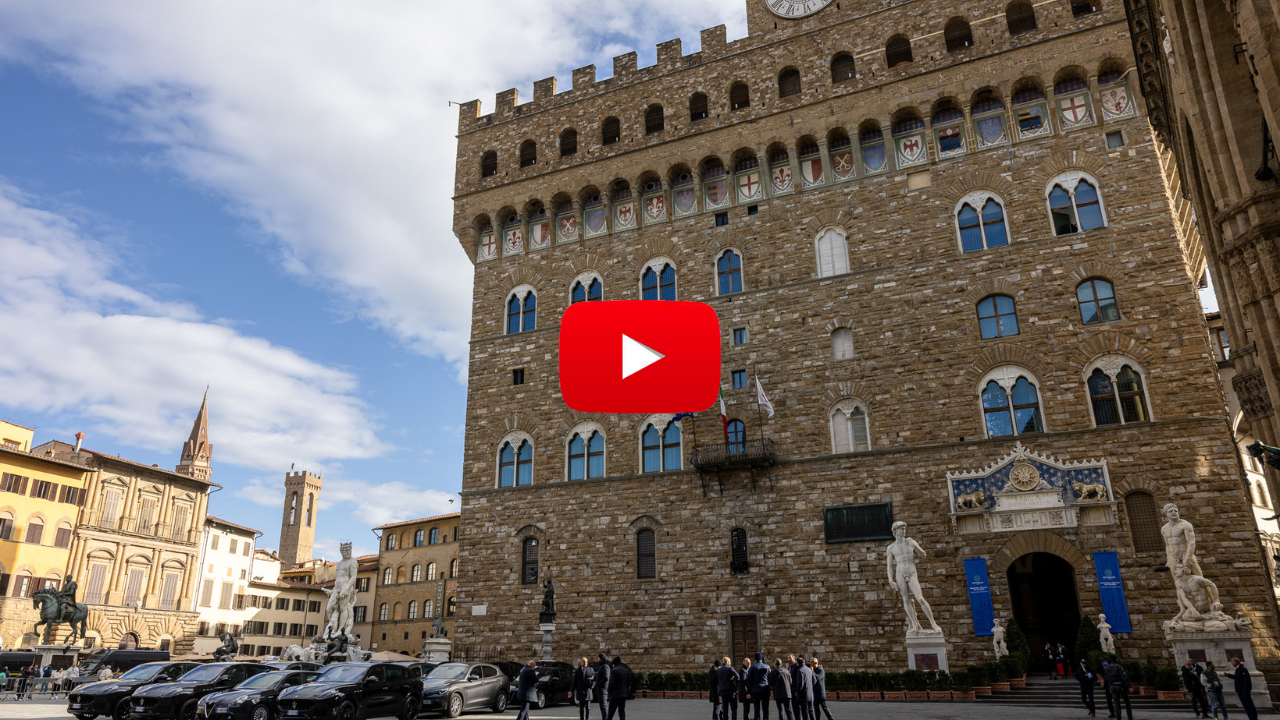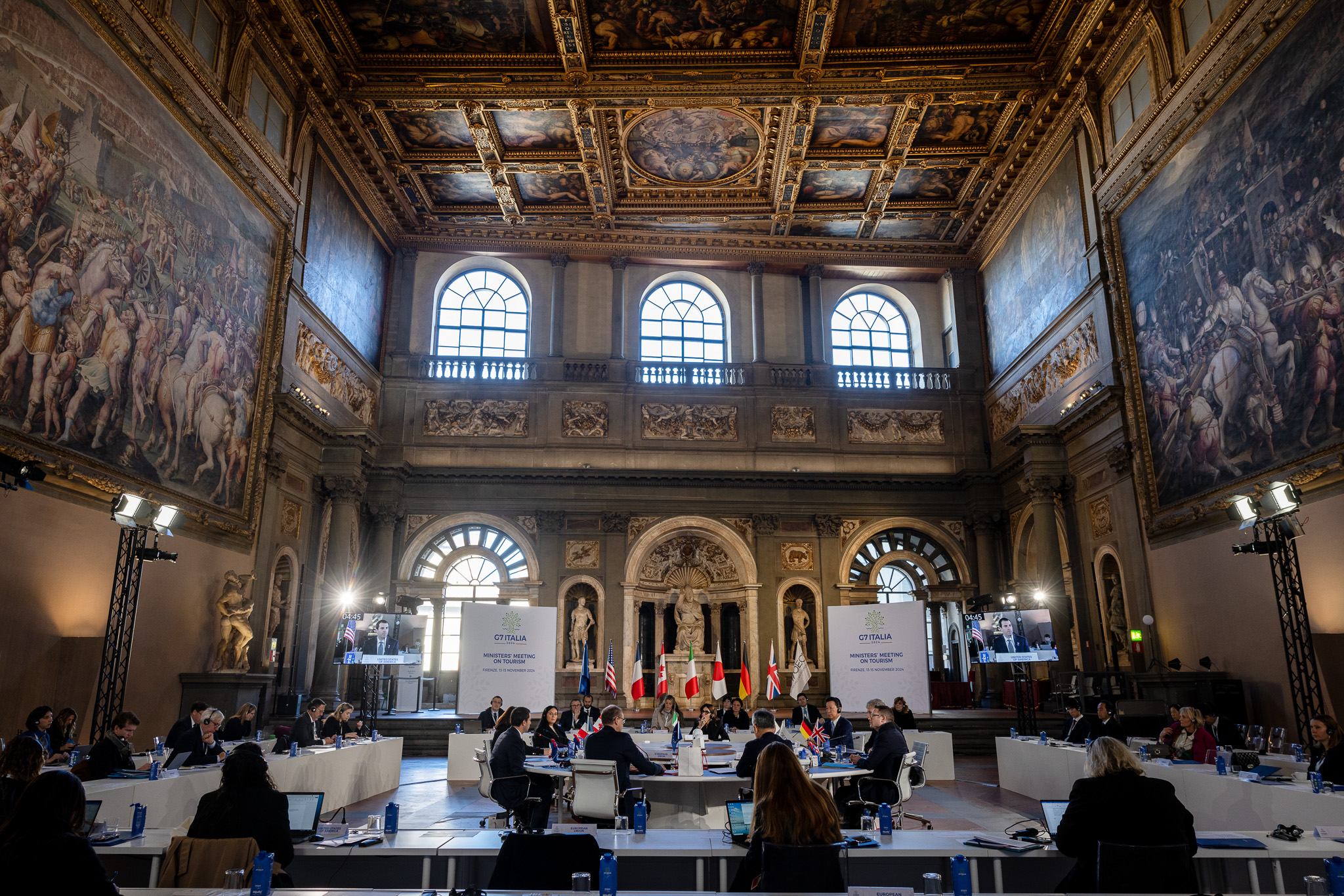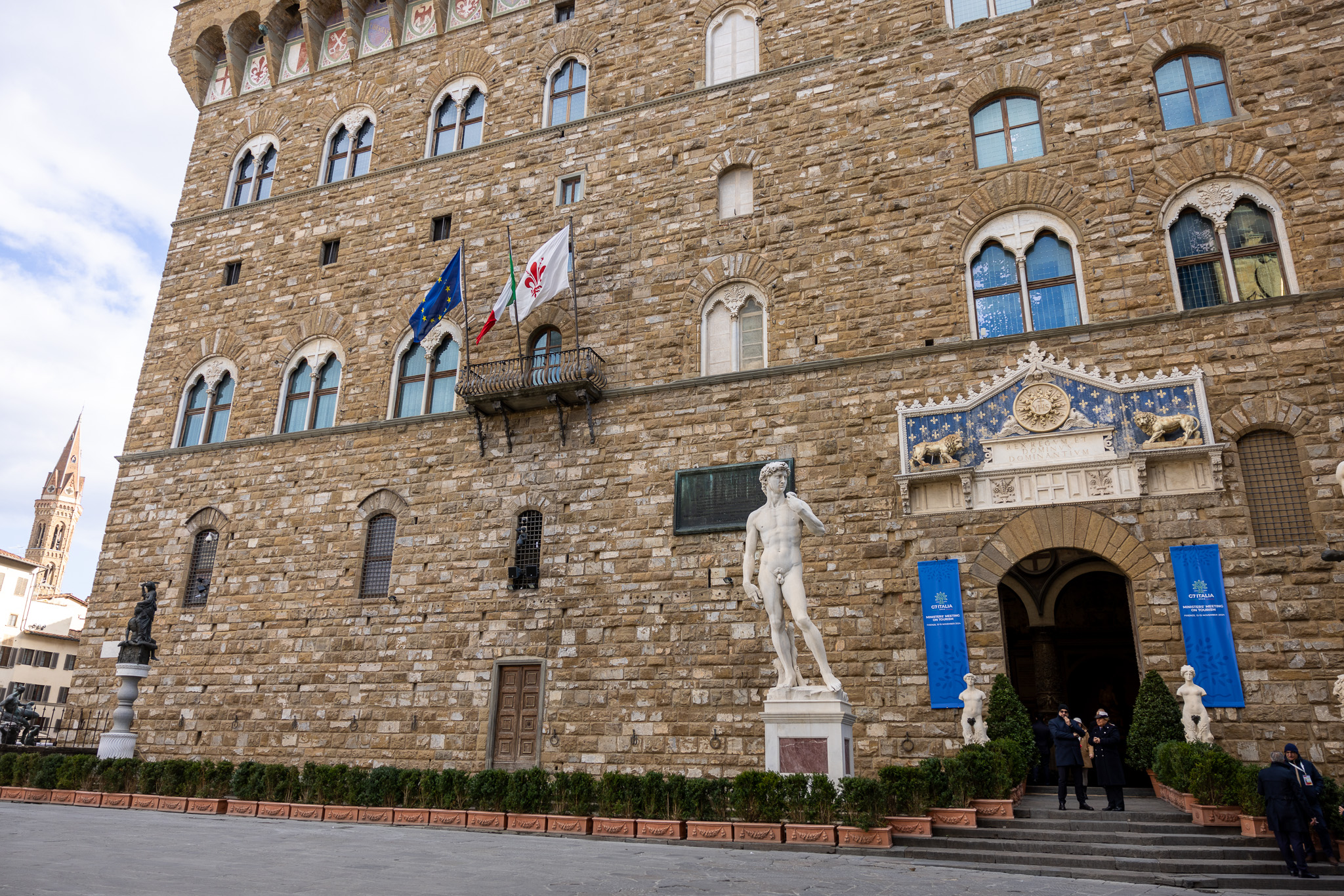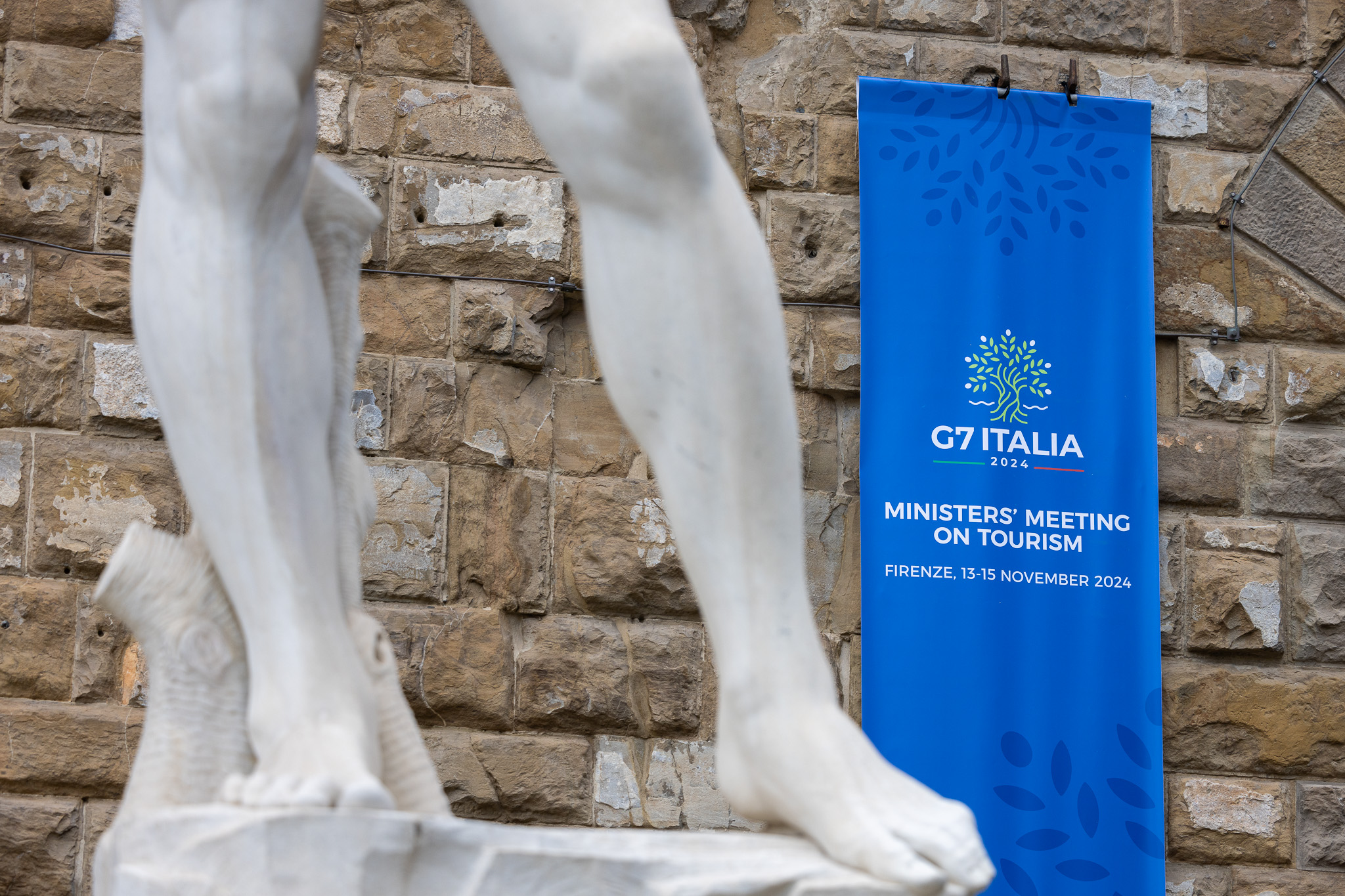Ministerial meeting on Tourism
FIRENZE13-14-15 November
The Tourism Ministers, gathered on 13-14-15 November in Firenze for the first time in G7 history, adopted a joint Communiqué.
Documents
G7 Tourism Ministers’ Communiqué - pdf: opens a new window Policy paper on AI and Tourism G7/OECD TWG - pdf: opens a new window G7/OECD Policy Priorities Paper - pdf: opens a new window Presidency's Tourism Working Group Take Aways - pdf: opens a new windowFoto
Video
The host city
Firenze
Firenze, the city that was the birthplace - among others - of Dante, Botticelli and Vespucci, that saw the Italian Renaissance flourish and that was the capital of 15th century art, with its medieval streets and picturesque quarters, has been a symbol of beauty and culture throughout the world for over a thousand years.
The Tuscan capital boasts a historic centre that has been a UNESCO World Heritage Site since 1982 and some of the world's most renowned museums - from the Uffizi Gallery to Palazzo Pitti - so much so that it was the first Italian city to be awarded the title of European Capital of Culture in 1986.
The venues where the ministers' meeting and the press conference took place are a magnificent example of the rich treasure chest that is Firenze: the Salone dei Cinquecento, embellished by the magnificent coffered ceiling, marble statues by Michelangelo and Giambologna and walls frescoed by Vasari; and the Sala dei Gigli, enriched by wall frescoes by Domenico Ghirlandaio and the bronze statue of “Judith and Holofernes” by Donatello.
The G7 Tourism was a real journey within a journey. First of all, the event allowed people to discover and appreciate Firenze: from the Uffizi Gallery, one of the most important museums in the world, which includes the Vasari Corridor, the collections of Palazzo Pitti and the Boboli Gardens; to Palazzo Spini Feroni, an important example of medieval architecture in Gothic style, as well as a reference point in Florentine fashion at an international level; passing also, during the gala dinner, through Palazzo Gondi, a monumental building to be considered as a national artistic heritage, also mentioned in the UNESCO constraint of the historic centre.
